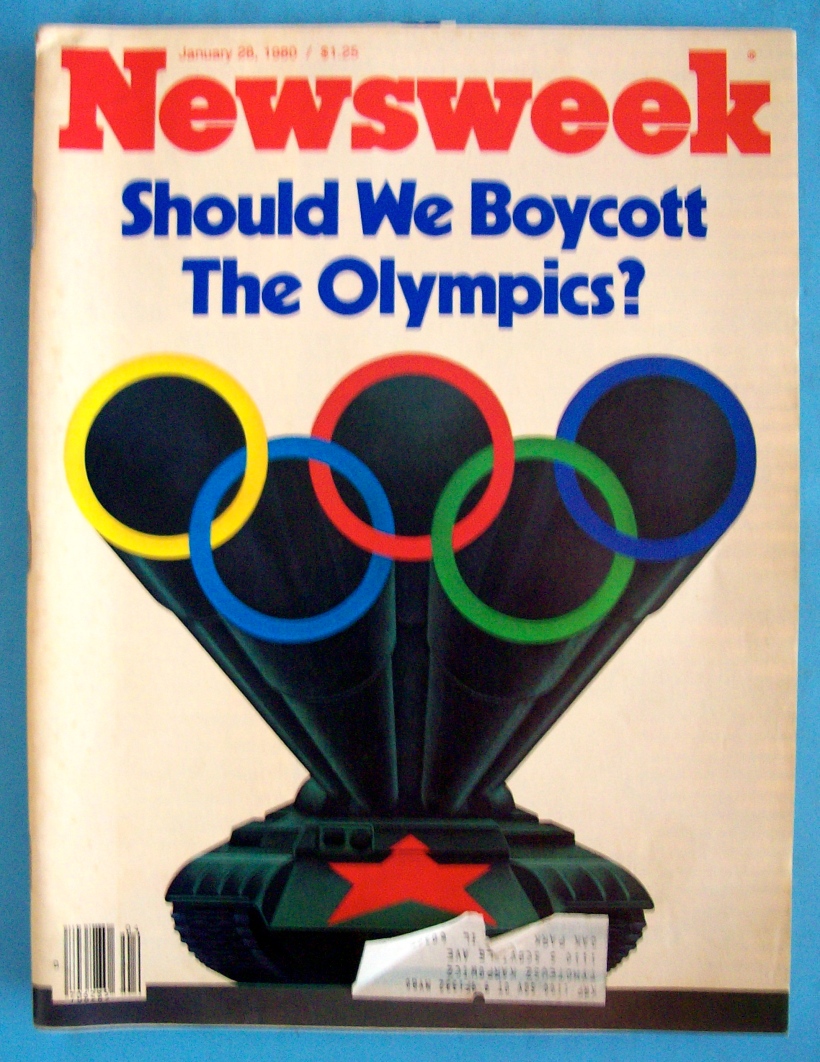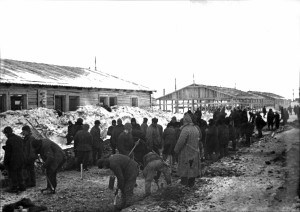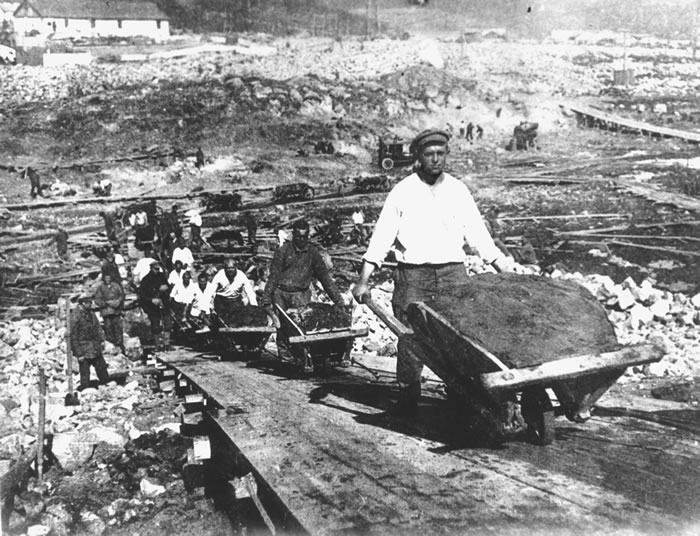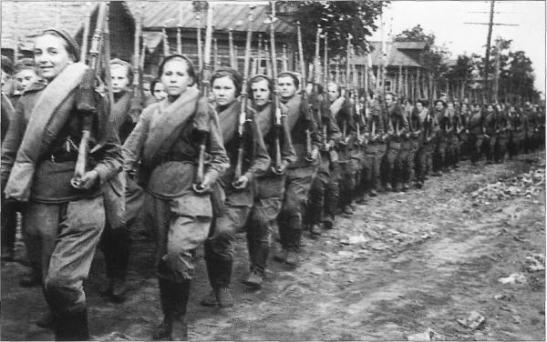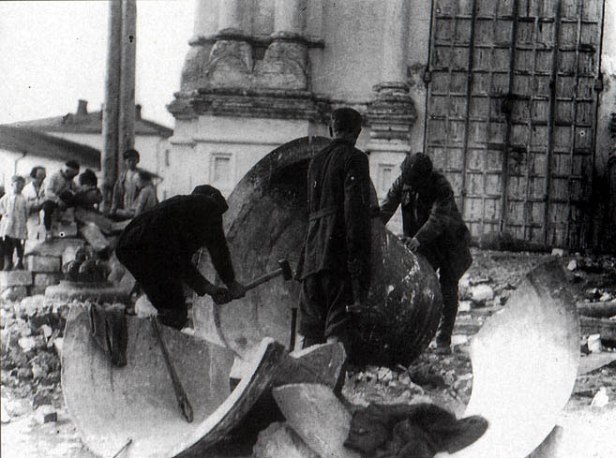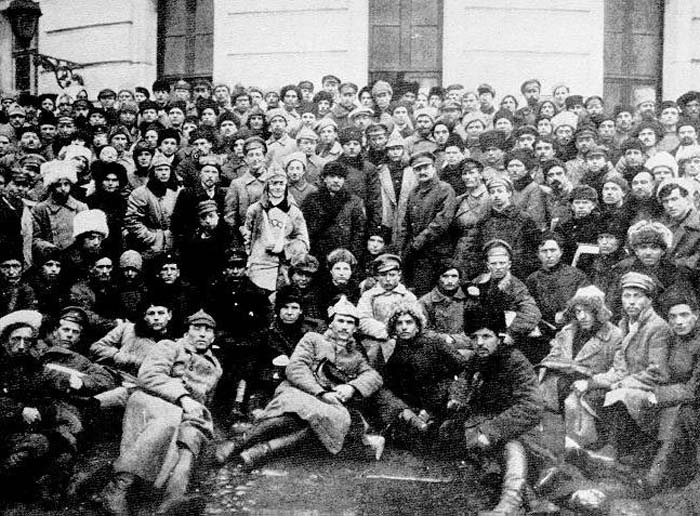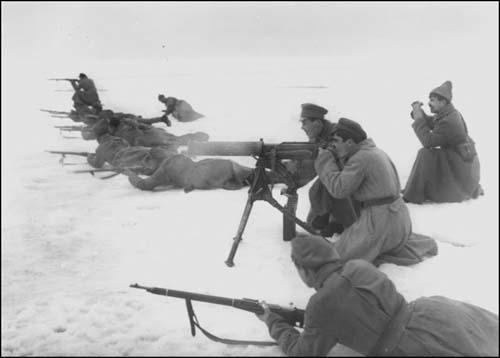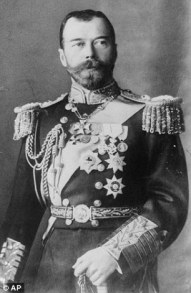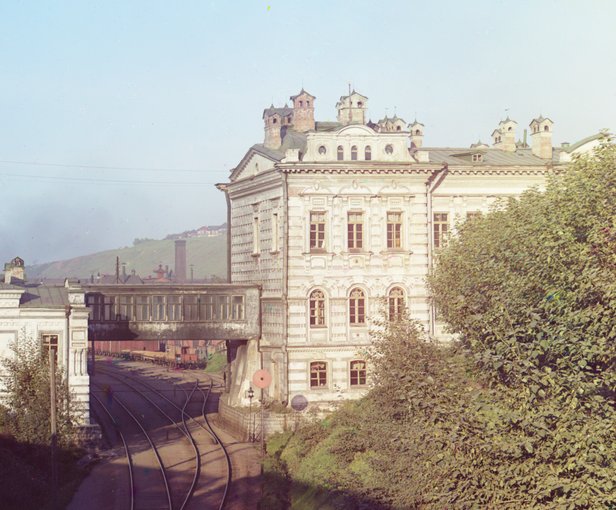When I think about the Olympic Games, I think of a world wide sporting event that has gone one since the late 1800s (and even earlier in Ancient Greece). I think of it as a time where rival nations can come together and compete in a way that shows respect for all nations. This was not always the case though, and even now I do have to admit it isn’t always the fairy tale picture that I make up in my head. I can wish though!
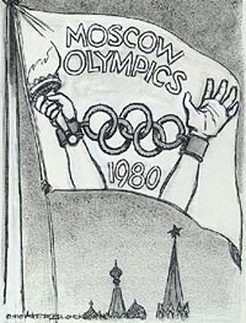
(here is a link to a video about how American althetes felt about the boycott in 1980)
The 1980’s Olympic Games held more than just a friendly rival between countries wanting to win various gold metals for their country. The Summer Olympic Games of 1980 were held in Moscow, this decision would alter the number of countries that would participate due to previous events during the late 1970s. On December 25, 1979 Soviet troops invaded Afghanistan. “The war, fueled by and fueler of Cold War anxieties, operated on the law of unintended consequences.”. When discussing the result of the invasion on Afghanistan, Gregory L. Freeze stated that it was “catastrophic: the Soviet Union found itself snared in a military quagmire that consumed vast resources, cost enormous casualties and had a devastating effect on the Soviet Union’s international position,”(Freeze, 446). This invasion caused an uproar by the United States and other nations. When the 1980’s Olympic Games took place in Moscow, the United States and 55 other nations held a boycott and did not participate. The invasion of Afghanistan led them to these decisions.

These boycotts made the International Olympic Committee outraged. In The Current Digest of the Russian Press, there was an article published in May of 1980 called the “Olympic Solidarity”. This document reflected the opinions and decisions made from the meeting of the International Olympic Committee’s Executive Board and leaders from different international sports federation. The main conclusion from the meeting was that the “Games in Moscow will be one of the most important events in world sports, and no dirty intrigues by the “boycott instigators” can prevent this.” The document also stated that “Another very important event was the unanimous adoption, by the meeting of leaders of international sports federations, of a resolution vigorously condemning attempts to boycott the Olympics, which are being undertaken for selfish political ends.” The committees thought these boycotts effected the athletes the most, and deprived them of opportunities. The International Olympic Committee and the other international sports federations stood behind the Soviet Union and wanted to protect it against anything. Although the United States and 55 other countries did not participate, the Moscow Olympics in 1980 were still a success. Venues were filled to near capacity and over five million tickets were sold. “The boycott thus failed to cast a pall over the 1980 Olympics, although it did deepen the atmosphere of Cold War.” It is quite humorous that four years later the Soviet Union and other Communist nations boycotted the Summer in Lost Angeles for “security reasons”.

Cover Image Found: http://nhd2016acdyslin.weebly.com
Freeze, Gregory L. Russia: a history. Oxford: Oxford University Press, 1997.
